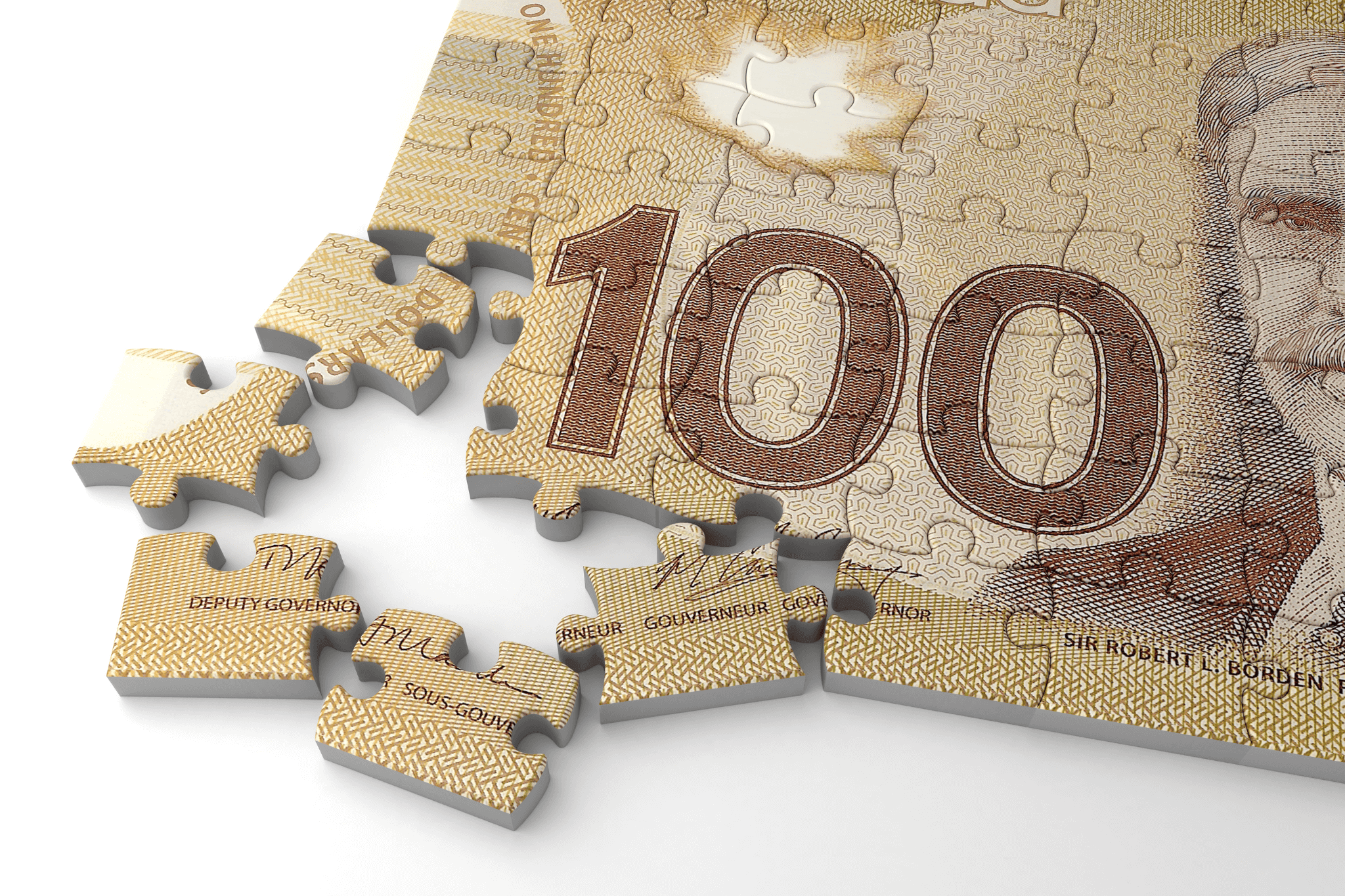NZD/CAD: An Overview

The Forex symbol NZD/CAD indicates the exchange rate value between the New Zealand Dollar (NZD) and the Canadian dollar (CAD).
Currency background
The New Zealand Dollar (NZD)
The New Zealand dollar has been New Zealand's official currency since 1967. It is also used by the Cook Islands, Niue, the Pitcairn Islands, and Tokelau.
Before NZD emerged as the country's official currency, New Zealand used the New Zealand pound. It should be noted that it differs from NZD and the sterling pound. The government researched using a decimal currency, eventually leading to the use of NZD.
When NZD was introduced, 27 million worth of banknotes and 165 million in coins were produced. The currency is also known as the kiwi, after the bird native to New Zealand.
The Canadian Dollar (CAD)
The Canadian dollar (CAD) has been Canada's official currency since 1858. It uses the typical dollar sign ($). You will sometimes see it as CAD, Can$, or even CA$. These variations are meant to distinguish it from other currencies that use the dollar name. Like other dollar denominations, such as NZD, it is a decimal currency.
CAD is pretty popular, holding the fifth most chosen reserve currency. Of course, USD dollar is at the top, followed by the EUR, GBP, and JPY. CAD is also the sixth most traded currency because the country has a lot to offer in terms of raw materials and natural resources.
Factors you need to consider in trading NZD/CAD
Most currency pairs depend on similar factors, such as economic trends and geopolitical factors. Your wins and losses will depend on the countries your currencies are from.
Here are some factors that drive the NZD/CAD dynamics:
Economic and geopolitical conditions are the most significant factors that affect NZD/CAD as a Forex pair.
Economic conditions
When considering the NZD/CAD Forex pairing, you may want to take special note of Canada's strong economy. It is a mixed one, with over 70% of it relying on the service industry.
It is worth noting that in 2020, the country was considered to have the world's ninth-largest economy, with almost USD 1.75 trillion in GDP. It even places third worldwide in terms of oil deposits. There are many other raw materials the country can also export.
Meanwhile, NZD has recently (at the time of writing) experienced a surge, with its economy rising faster than investors expected. The second quarter of 2022 has seen it grow by 1.7%. The rally did not last long, and more recent stats show it is now fizzling. However, considering the 0.2% drop during the first quarter, NZD is still headed in the right direction.
Because New Zealand is very close to Australia, observe how their economies are also closely interrelated. A lot of New Zealand’s exports may be going to its neighbour.
As a Forex pairing, NZD/CAD is reliable enough. It may not involve the ever-popular USD, but CAD is a reliable currency, and NZD is also proving its worth. One must, of course, at least show some predictable up-and-down motion for you to profit from this pair.
Because both Canada and New Zealand are known for their oil and other commodities, you may also want to do a lot of commodity price watching before you make a trade.
Geopolitical conditions and global risks
Canada does very well politically. It is known to have one of the least corrupt politics in the whole world. That fact makes it a steady country with a reliable economy.
Meanwhile, New Zealand is generally known as a peaceful country. Still, it is difficult to deny that current global tensions have affected the currency. NZD's value lowers as the tensions and the prices soar, an effect felt long after the COVID-19 lockdowns.
Despite NZD issues, local exporters benefit from lower NZD value.
Perception
How each of these economies is perceived also plays a role in how each performs. Traders want to invest in something they can trust and predict. For example, Canada is generally perceived to have clean and non-corrupt political practices. It also continues to deliver high-quality raw materials and natural resources. Both these factors play a big role in the currency's perception.
How to trade NZD/CAD
When trying to profit from this particular Forex pair, do so during the optimum times: from 13:00 and 17:00 (GMT). Why? It is at these hours that the NZD/CAD is at its busiest. Be careful. Trading when it is at its volatile is risky, while trading when it is not volatile will have you spending too much.
A number of other factors will also influence the volatility of this pair, for example, the CAD exchange rate can be affected by the US’s economic conditions. Meanwhile, the NZD is affected by Asian and Australian markets.
Conclusion
Is the NZD/CAD pair worth going into?
The NZD and CAD pairing does not involve the USD, the most sought-after currency. So, it does have that against it.
However, CAD is reliable enough. It is one of the world's most-held reserve currencies, coming from a stable country with perceptibly good politics and many resources. So, you can trade this pair with the knowledge that you can, at least, rely on the CAD.
The combination with NZD is near perfect because the New Zealand currency may be experiencing some issues, but it is still generally more reliable than many other currencies. It is the 18th most used currency, from a largely peaceful country. The ups and downs it is currently experiencing may ultimately benefit traders. After all, you want to profit from the trade and not work on a pegged, static currency.
So, it is worth checking NZD/CAD if you want to diversify your foreign exchange portfolio. You may still have another pairing with USD involved, but the NZD/CAD pair is worth checking out.
We’ll never share your email with third-parties. Opt-out anytime.